Quiz: Ontario Traffic Rules 2
Once you have prepared sufficiently for your G1 exam, you must make sure that you schedule and pay for your exam. On the day of the exam, you will be required to show specific types of identification so you need to know exactly what they are well in advance.
ADVERTISEMENT
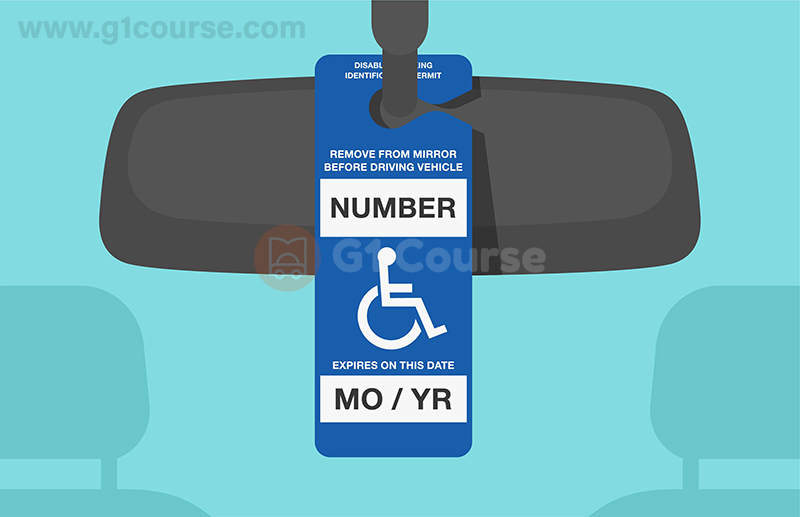
Correct!
Wrong!
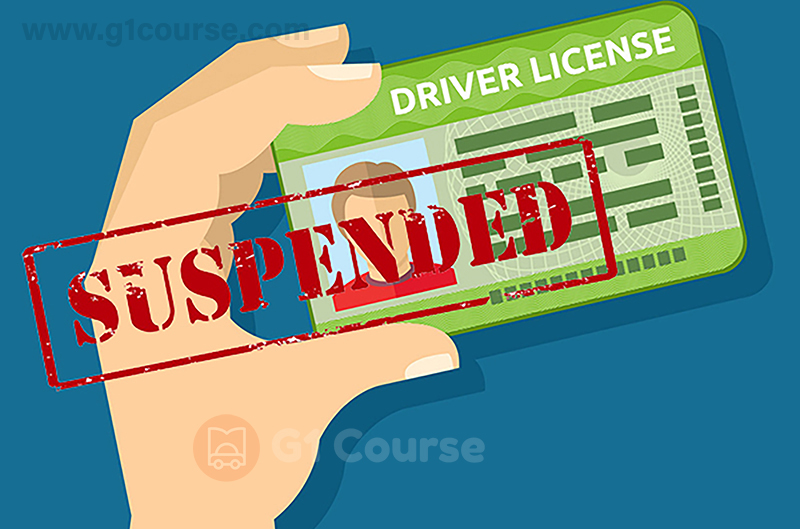
Correct!
Wrong!
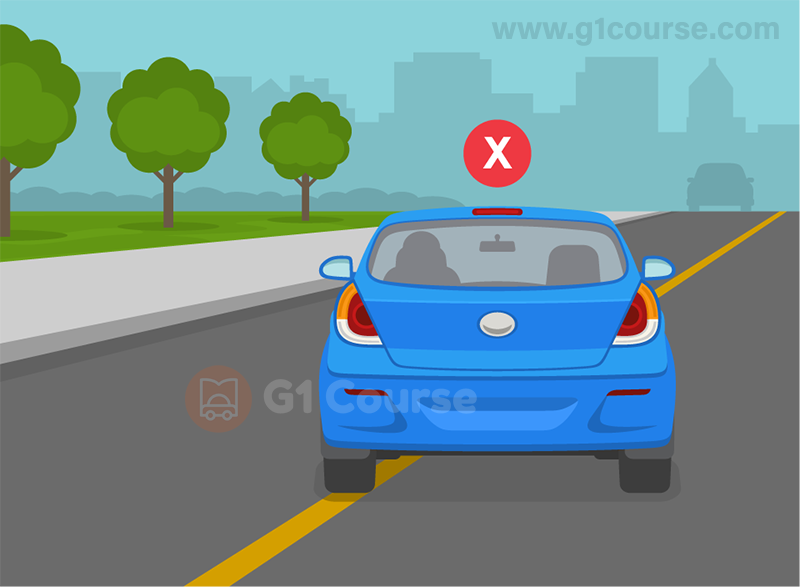
Correct!
Wrong!
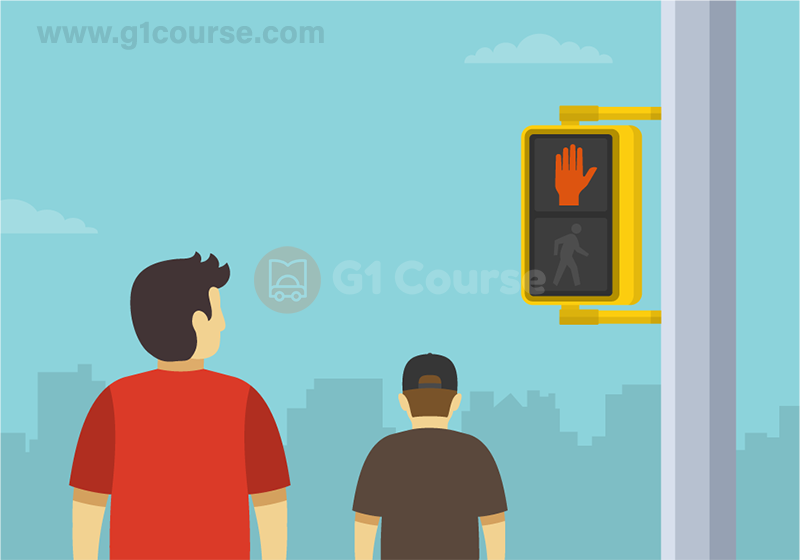
Correct!
Wrong!
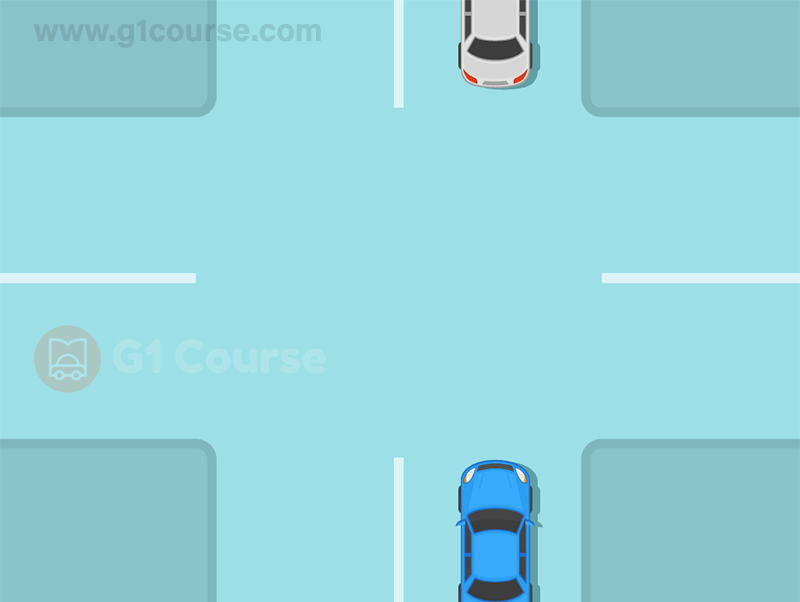
Correct!
Wrong!
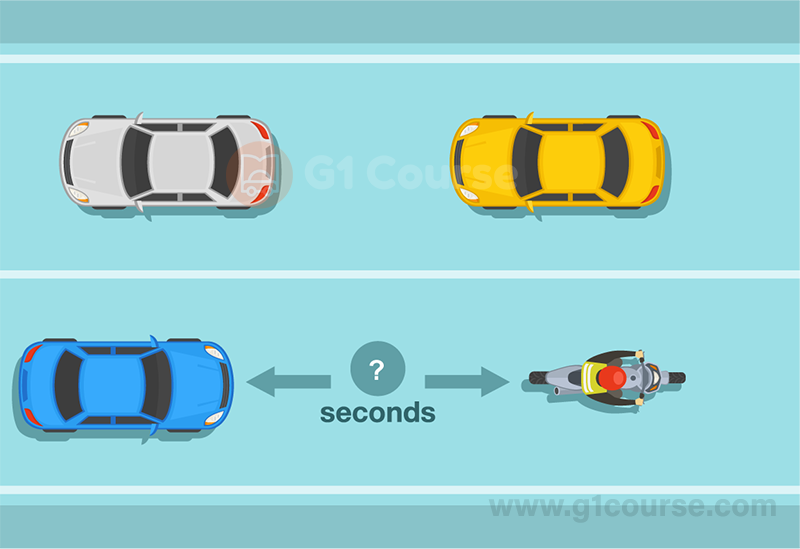
Correct!
Wrong!
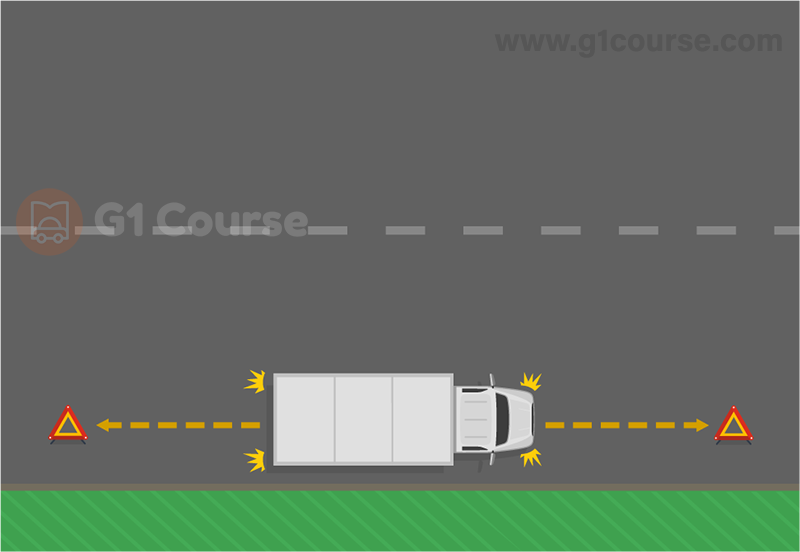
Correct!
Wrong!
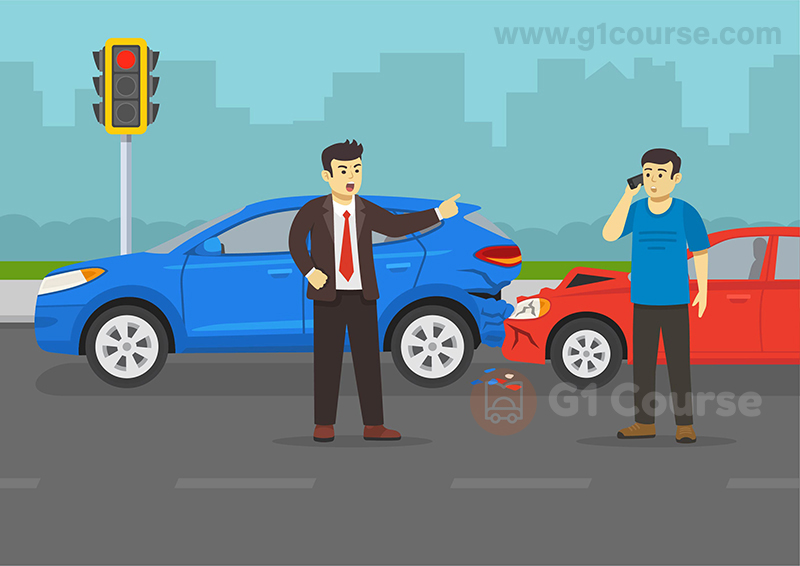
Correct!
Wrong!
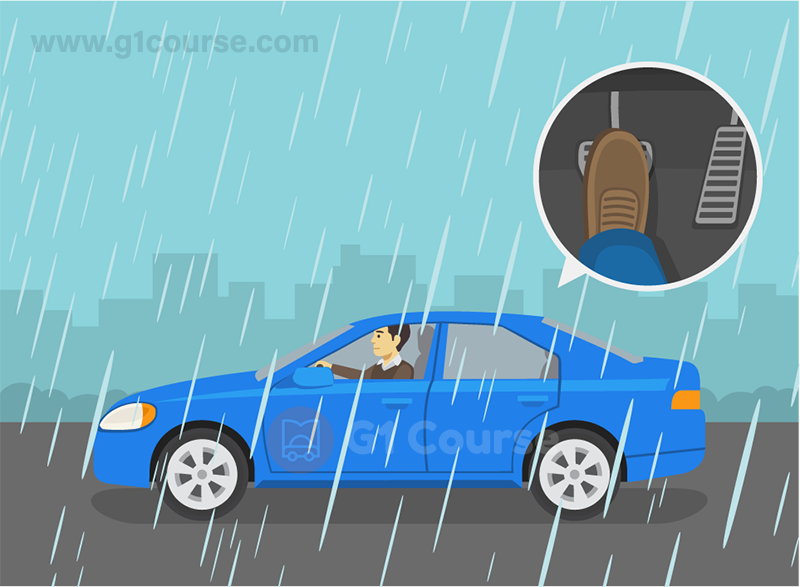
Correct!
Wrong!
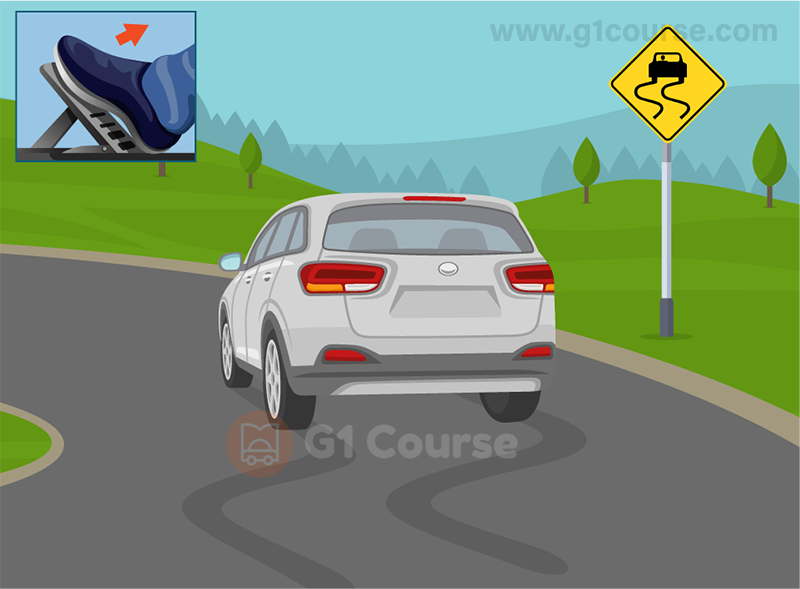
Correct!
Wrong!
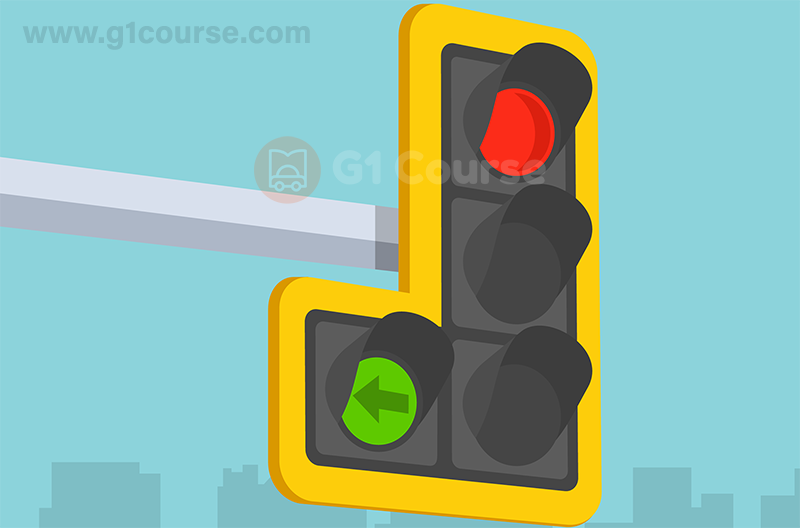
Correct!
Wrong!
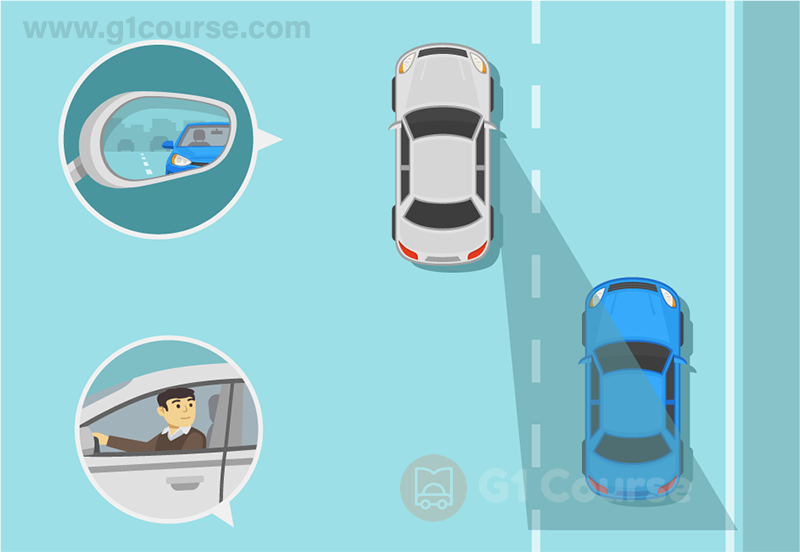
Correct!
Wrong!

Correct!
Wrong!
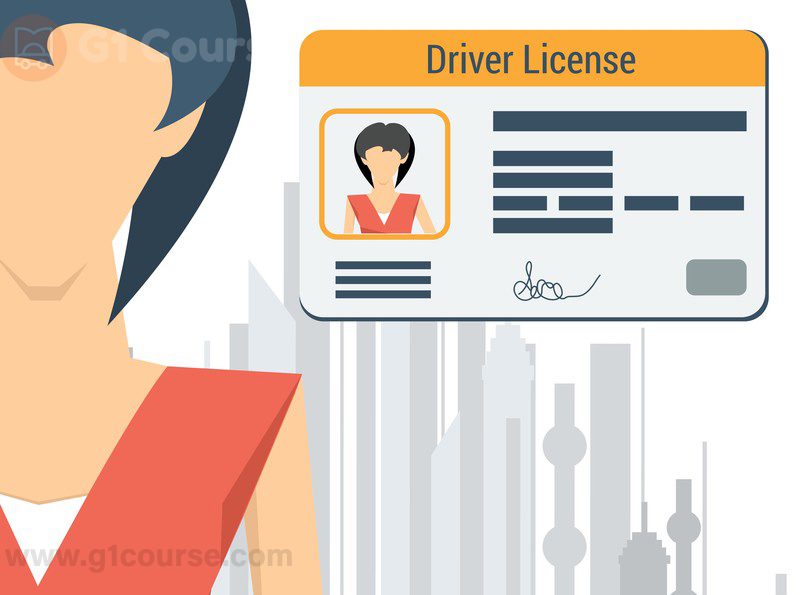
Correct!
Wrong!
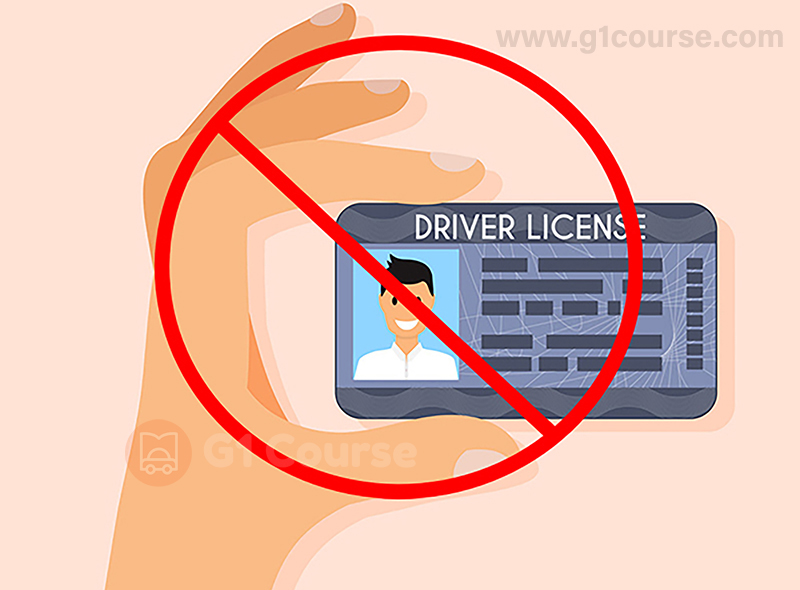
Correct!
Wrong!
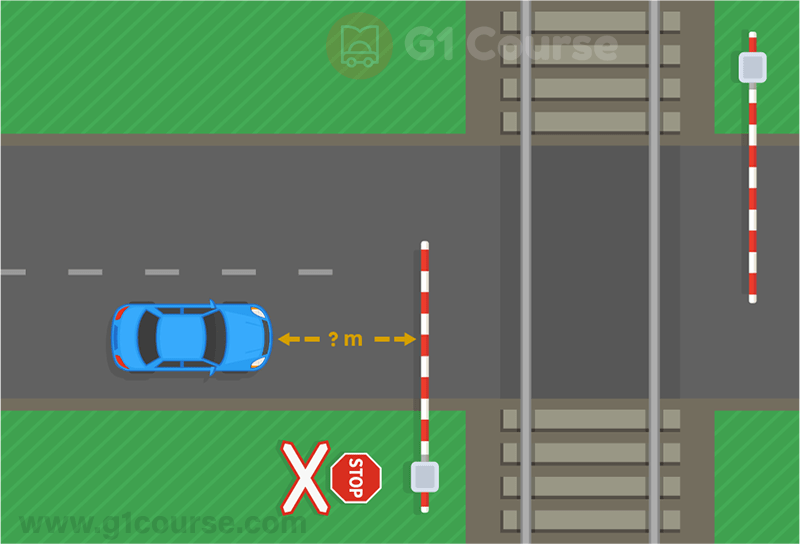
Correct!
Wrong!
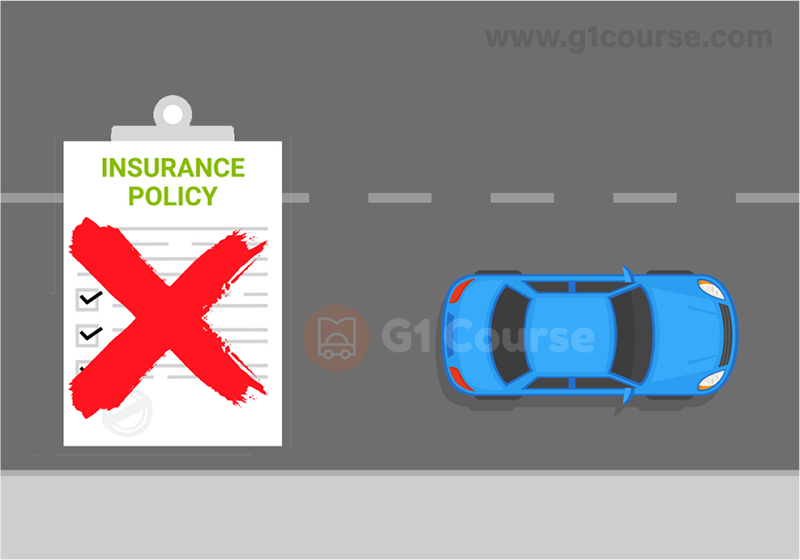
Correct!
Wrong!
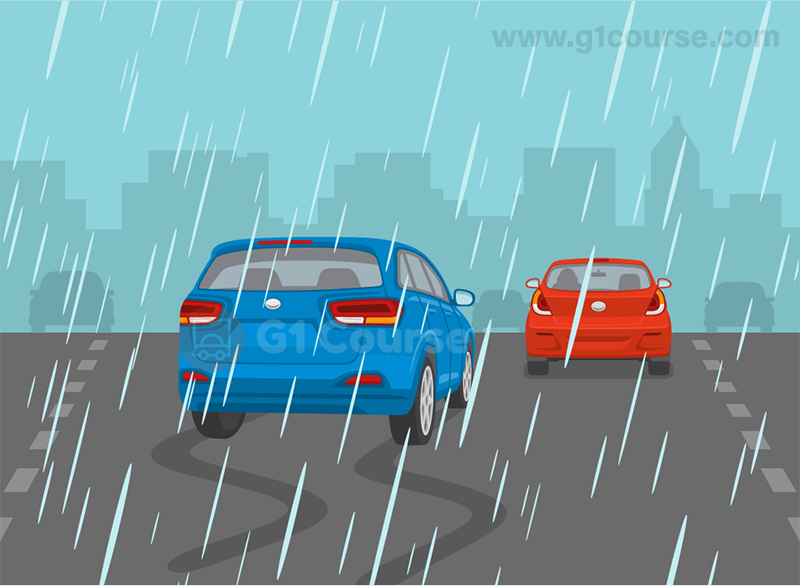
Correct!
Wrong!
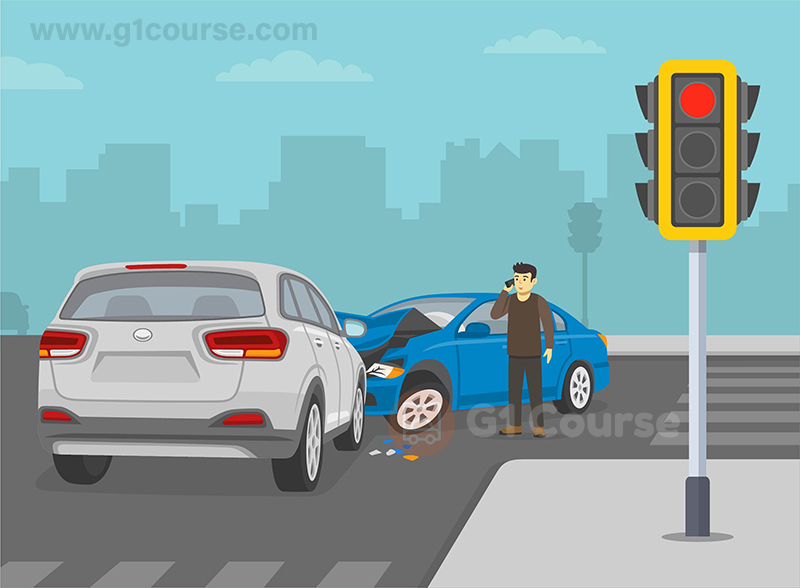
Correct!
Wrong!
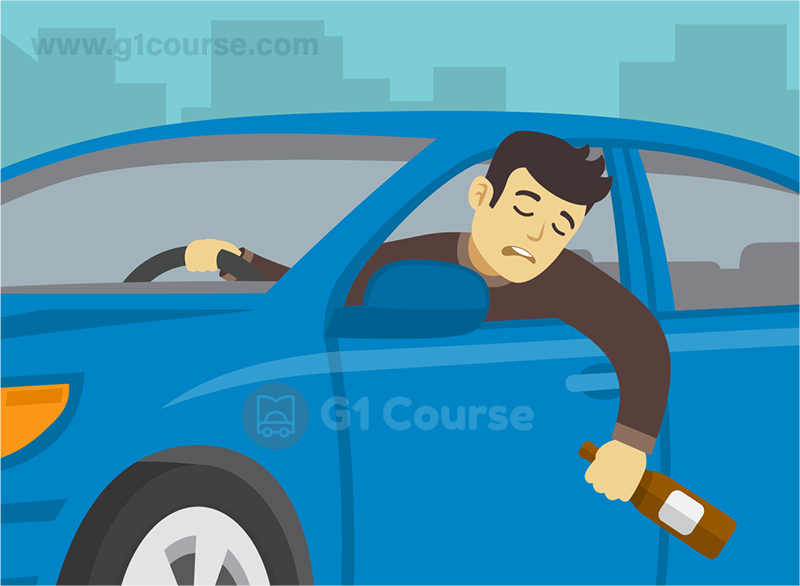
Correct!
Wrong!
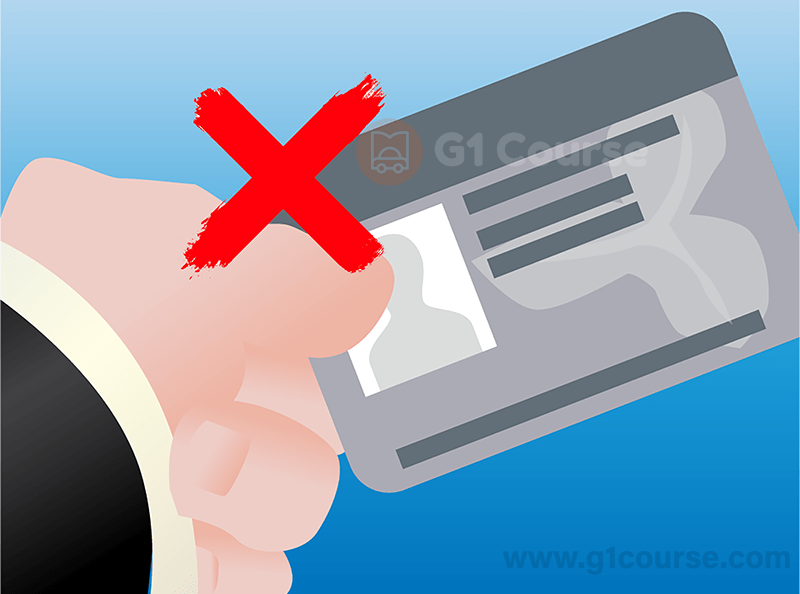
Correct!
Wrong!
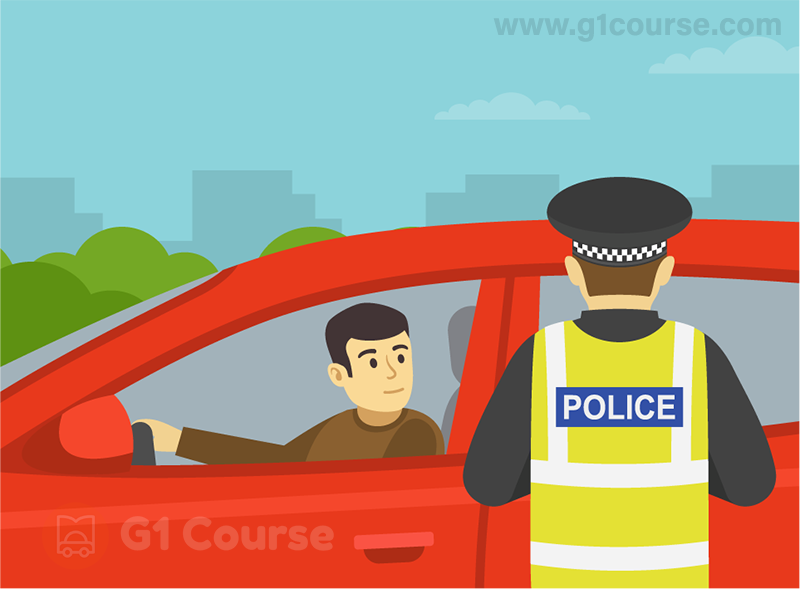
Correct!
Wrong!
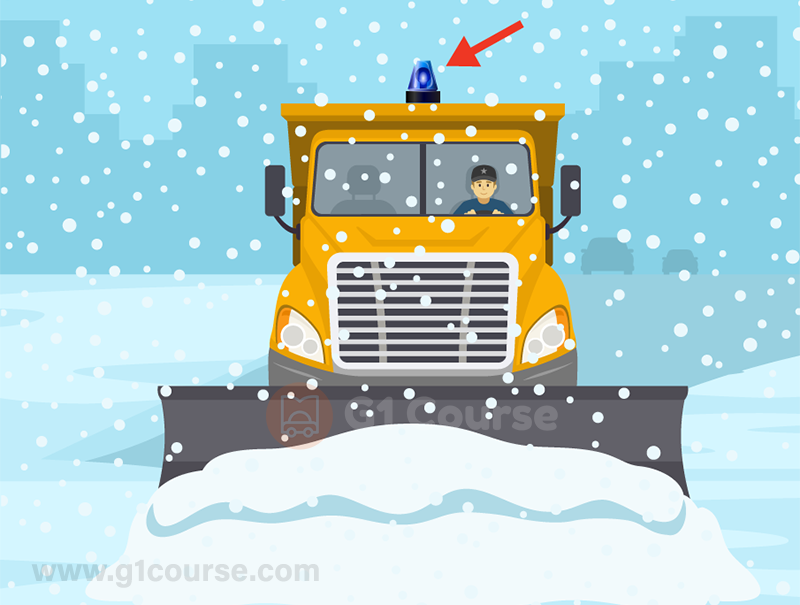
Correct!
Wrong!
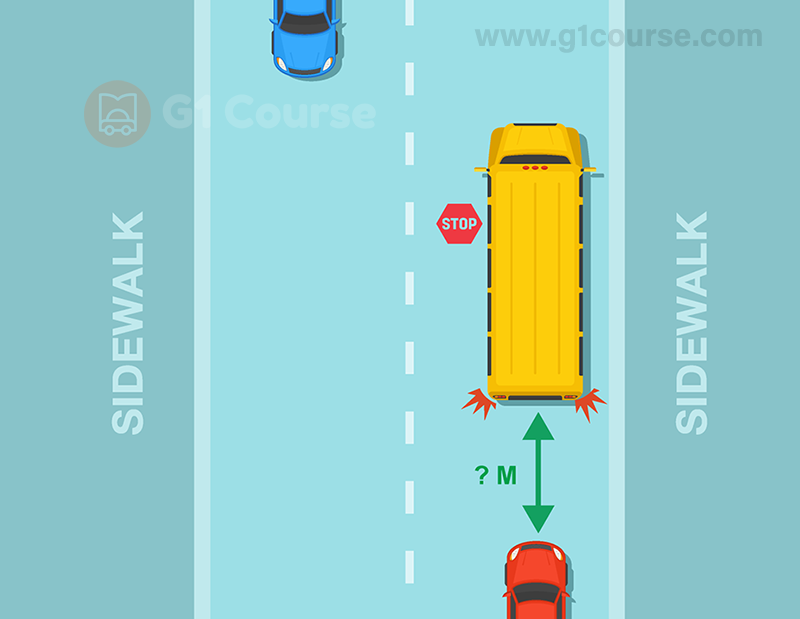
Correct!
Wrong!
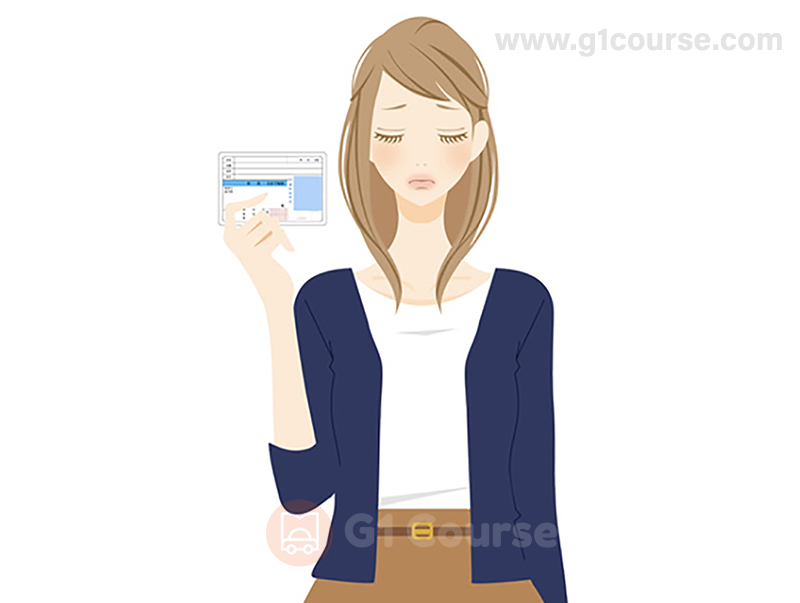
Correct!
Wrong!
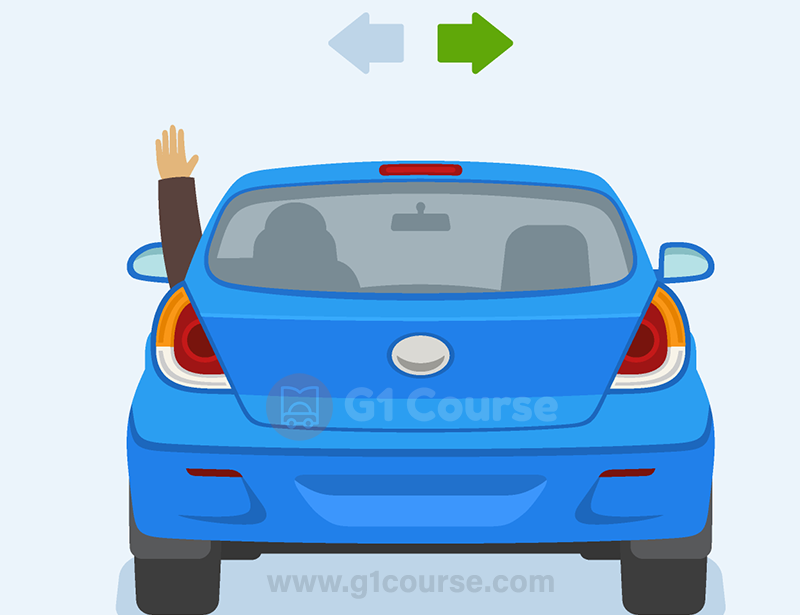
Correct!
Wrong!
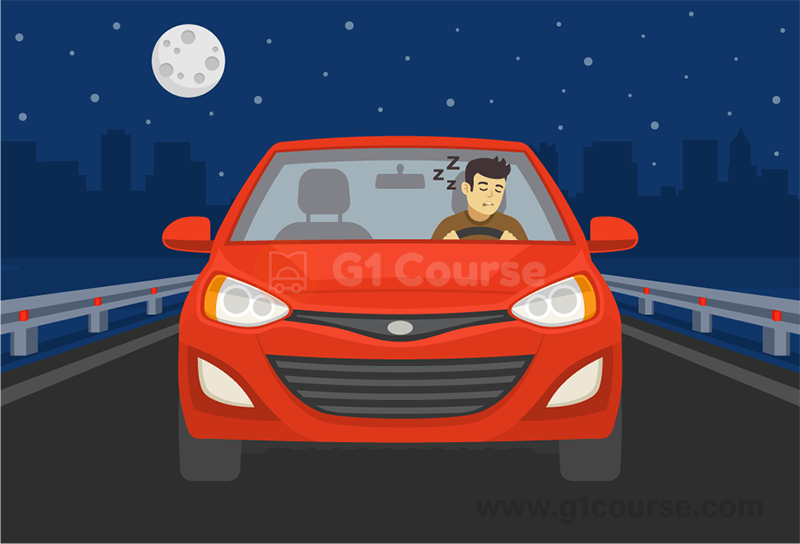
Correct!
Wrong!
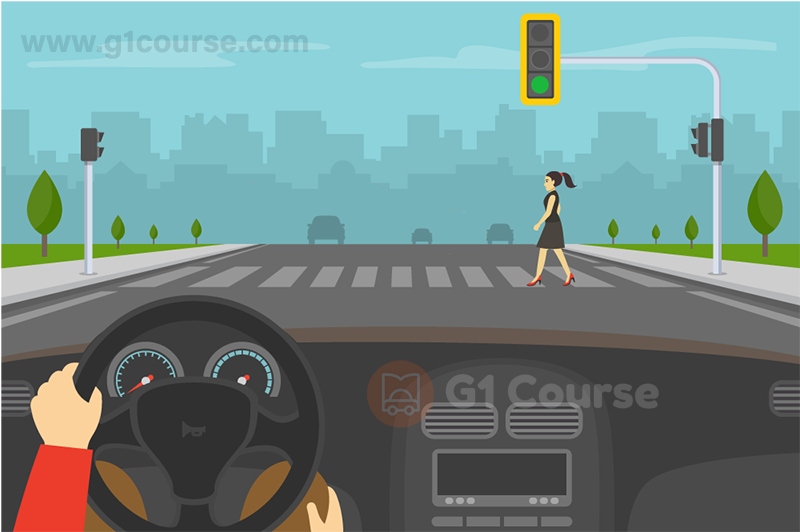
Correct!
Wrong!
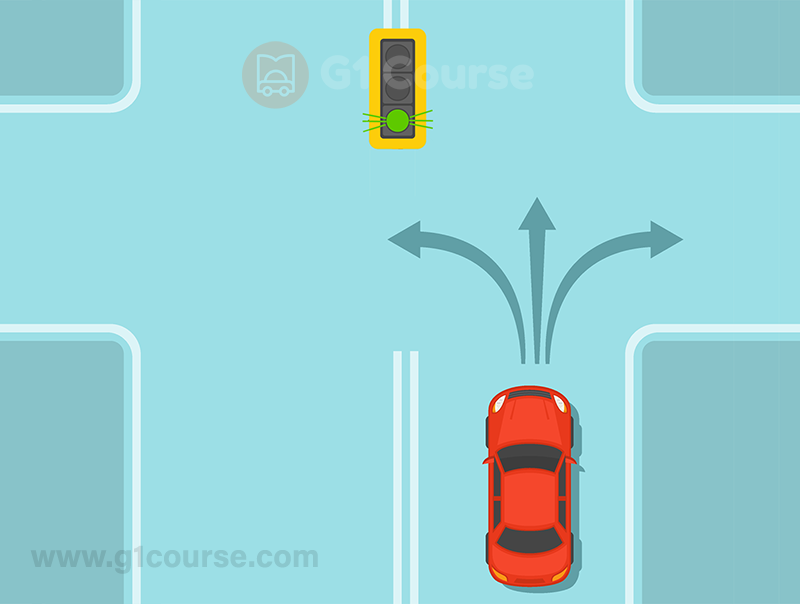
Correct!
Wrong!
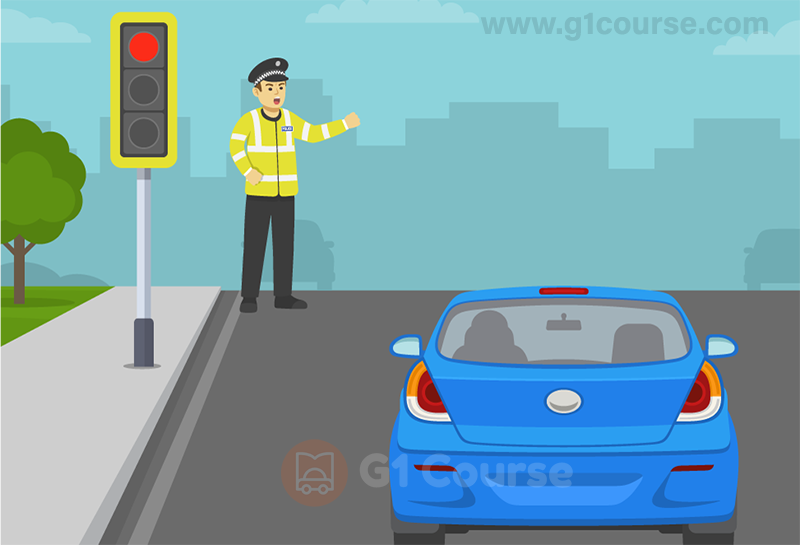
Correct!
Wrong!
Share the quiz to show your results !
Subscribe to see your results
I got %%score%% of %%total%% right
More Learning Options:
Loading…
ADVERTISEMENT
Why Should You Follow Traffic Rules? Get Ready For G1 Written Test
You should follow traffic rules to ensure your safety and the safety of others on the road. You can become a responsible and safe driver by combining driving knowledge and skills. Before occupying the driver’s seat, you must have driving practices and know traffic rules to move your vehicle safely. We can minimize the number of accidents happening every day if we all will understand the traffic rules and take caution to ensure safety on the road. Breaking the traffic rules is one of the major causes of accidents, and we can create a safe driving zone with our conscious effort.
More About Traffic Rules
The federal, municipal, and provincial governments make traffic rules and will have traffic police at each level to implement them. You might lose your driver’s license, go to jail, or pay fines if you do not follow the traffic rules. Also, the authorities might take away your vehicle if you drive it with a suspended driving license. In brief, you should follow driving rules for safety and prevent legal complications. Besides, a proper understanding of road rules will help you pass the G1 written test and road test, and you can drive your vehicle confidently without bothering about legal and other complications.
How to Become a Responsible Driver
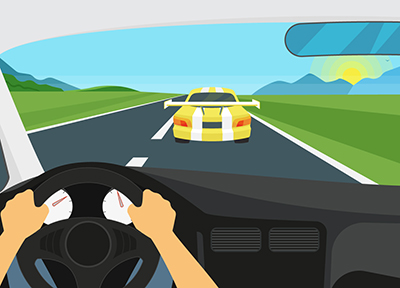 You can become a responsible driver with practice and driving knowledge. How will you follow the rules and stay safe if you do not know the road rules? Hence, you should know all the driving laws before managing your vehicle independently. Also, you will have to focus on the safety of others who share the road. Everyone will have to take responsibility to avoid collisions. Otherwise, you might be responsible for the wrongdoing of others if it ends in an accident.
You can become a responsible driver with practice and driving knowledge. How will you follow the rules and stay safe if you do not know the road rules? Hence, you should know all the driving laws before managing your vehicle independently. Also, you will have to focus on the safety of others who share the road. Everyone will have to take responsibility to avoid collisions. Otherwise, you might be responsible for the wrongdoing of others if it ends in an accident.
All the drivers can cooperate to ensure the safe moving of the traffic. Also, you must be predictable to others while driving. When all will know road rules, they can understand your move and operate their vehicles safely. However, an accident might happen if you do something unpredictable. You will have to be courteous when being on the road. Courteous driving will give space to other drivers to change lanes harmlessly.
Apart from that, you will have to act before anything dangerous happens. It is possible if you observe the road when driving. You can understand the situation and respond effectively and quickly to prevent a collision. We call it strategic and defensive driving, and you can follow it to drive safely without harming yourself and others.
You will have to focus on three things when your objective is defensive driving. These are space, communication, and visibility. You can maintain your speed to see others and get time to avoid something unpredictable. You can leave room behind, to both sides, and ahead while driving at a permissible speed. Since most collisions happen from the front, you can take more caution.
Another consideration is communication. You can communicate with others whenever needed to prevent an accident. Also, you can make eye contact with cyclists, other drivers, and pedestrians at signals and intersections when you want to stop, slow down, or change lanes. You can also use your horn when you want the attention of some person.
Visibility means you need to be visible to others and can see others. You should be aware of the front, beside, and behind you when you are in the driver’s seat. Move your eyes and scan the road ahead, check the side, and look at the mirror every few seconds. You will not have more surprises once you are aware of the surroundings. Also, you can take defensive actions fast and prevent accidents. Use your signal lights to help other drivers know your moves and drive safely.
Ontario Road Rules
Ontario has strict road rules to maintain the safety of the road. Hence, you should know all the traffic rules to stay safe on the road and avoid complications. You might lose your license and get other consequences if you do not follow the road rules. You can do proper research on the road rules before you can consider driving. You can avoid complexities once you understand the road signs. Here are a few rules you should follow while driving on Ontario roads; you may also find these rules on your G1 written test.
- Drive in the right lane and leave the left-hand lanes open to allow other cars to pass safely.
- When driving, avoid using any handheld drives, including your smartphones. Handheld devices will divert your attention and might end up in a collision. Also, the driving law does not allow you to hold any handheld device when driving or stopping at red lights. You might have to pay a fine or get penalties if you do not follow this traffic rule.
- The driver must be sixteen years of age or above to operate a vehicle. Also, the person must have a valid driver’s license in Ontario to drive in this province.
- The driver must follow all the posted speed limits. However, drivers must maintain a maximum speed of 50 km/h in villages, cities, and towns and 80 km/h in other places when there are no posted limits.
You need to follow these road rules when driving on the road in Ontario. Failing to follow these rules might result in three demerit points, a ticket between $400 and $2,000, and suspension of driver’s license. Moreover, the officer can take away your vehicle. Research the traffic rules of Ontario and practice them before taking your car to the road. You can ensure you have a valid driver’s license to operate vehicles on Ontario’s roads.
How to Get a Driver’s License in Ontario
You can get a driver’s license in Ontario if you are sixteen years old. Yes, this is the minimum age requirement to apply for a driver’s license in Ontario. Besides, you will have to pass a vision and G1 written test. The knowledge test will evaluate your road knowledge, traffic rules, and other factors that will ensure you can safely drive a vehicle on the road. Prepare for your G1 exam by taking our free G1 practice test. You have to pass two road tests to get a full driver’s license.
